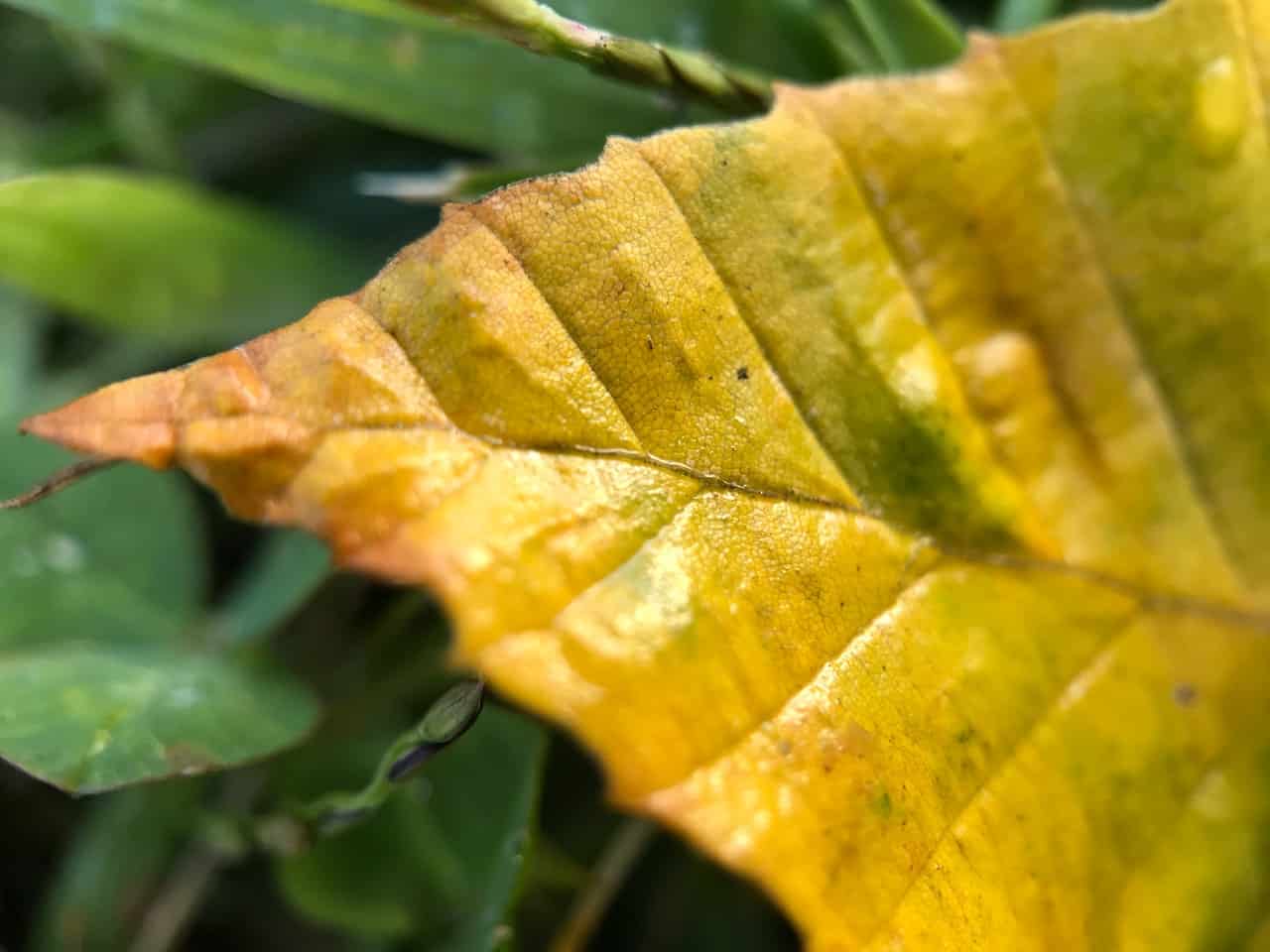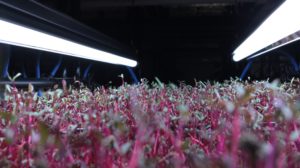If you’re an indoor plant parent, you know that there’s nothing more heartbreaking than seeing your plants’ leaves turn yellow. While it can be alarming, yellowing leaves are usually an indication that something is off with your plant. Keep reading to learn more about each of these potential causes and what you can do to fix the problem.
Moisture Stress
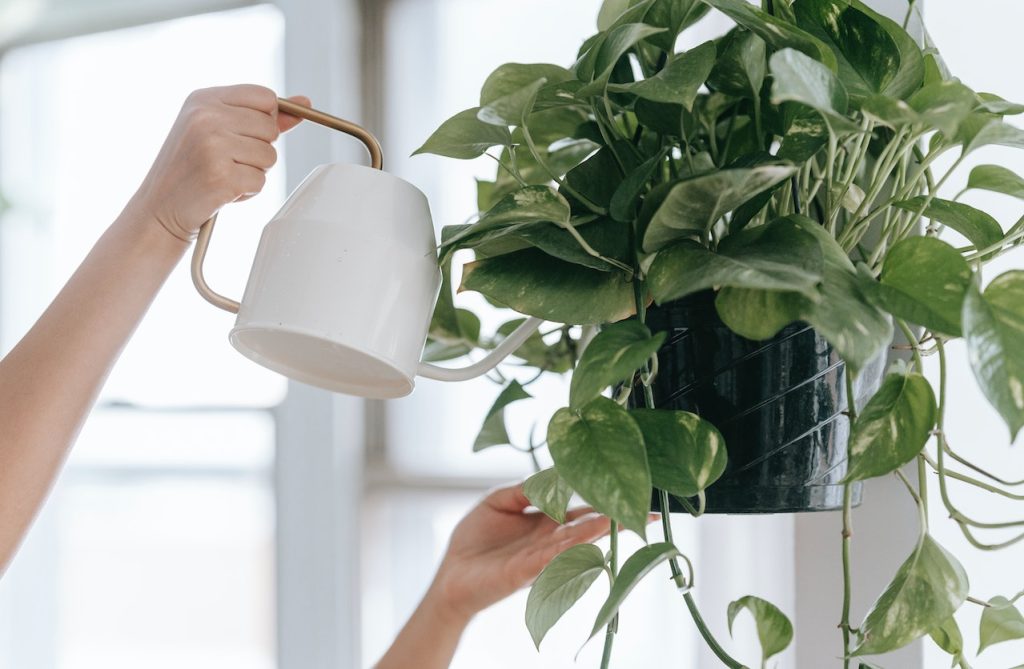
One of the most common reasons for yellowing leaves is moisture stress. This can happen if you’re either overwatering or under-watering your plants. If you suspect that you may be overwatering, take a close look at the soil. Is it soggy or constantly wet? If so, that’s an indication that you need to back off on the watering. On the other hand, if the soil is dry and crumbly, that could be a sign that you’re not watering enough. In either case, adjusting your watering schedule should help solve the problem.
Normal Leaf Life Cycle
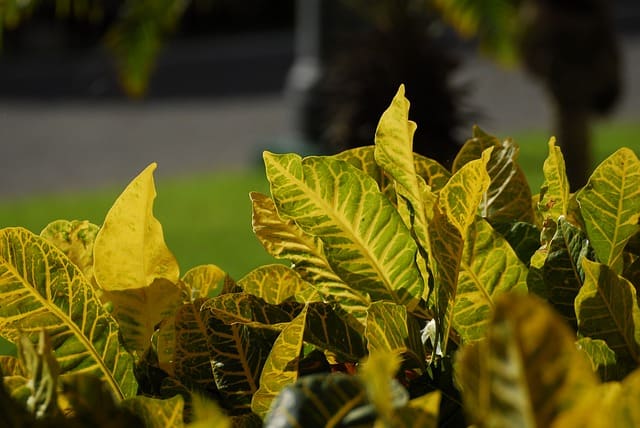
Another reason your indoor plants’ leaves may be turning yellow is simply because it’s part of their natural life cycle. Most plants go through a period of time where their older leaves turn yellow and eventually die off. This allows the plant to focus its energy on new growth.
While it may be sad to see your plant’s leaves turning yellow, it’s perfectly normal and nothing to worry about. Just be sure to remove any dead leaves from your plant so that it can continue growing healthy and strong.
Cold Temperatures

Another potential cause of yellowing leaves is exposure to cold temperatures. This is especially true for tropical plants that aren’t used to cooler weather. So if you notice that your plant’s leaves are starting to turn yellow, check the temperature of the room where it’s located. If it’s below 60 degrees Fahrenheit, that could be the problem. try moving your plant to a warmer spot and see if that helps.
Lack of Nutrients
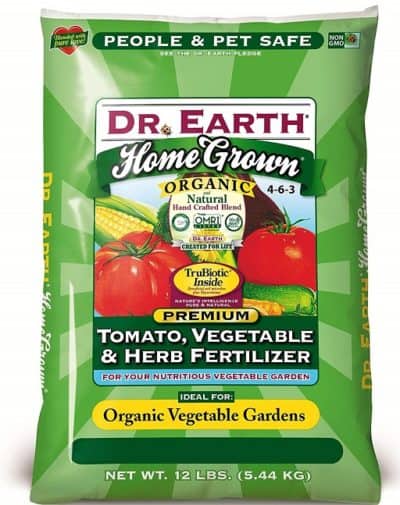
Another possible reason for indoor plants’ leaves turning yellow is a lack of nutrients in the soil. Be sure to fertilize your plants every few weeks with a high-quality fertilizer specifically designed for indoor plants. You can also try adding some organic matter like compost or coffee grounds to the soil to give your plants an extra boost of nutrients.
Low Light Levels

Yellowing leaves can also be a sign that your plant isn’t getting enough light. This is especially common in winter when there’s less natural sunlight available. If you think this might be the issue, try moving your plant closer to a window, growing a low light plant, or adding a grow light to give it a boost of artificial light.
Bacteria & Viruses
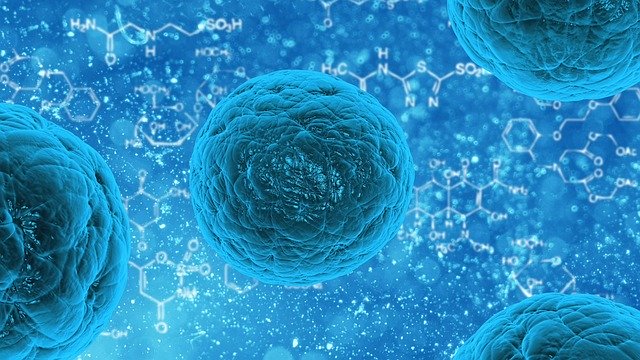
Just like us, plants can fall victim to colds and illnesses. Bacterial and viral infections are common causes of yellowing leaves in indoor plants. These infections often start when water splashes up from the soil and onto the leaves, providing a foothold for bacteria and viruses to take hold.
Overwatering is a common cause of bacterial and viral infections, so be sure to only water your plants when the top inch of soil is dry. You can also reduce the risk of infection by keeping your plants away from cold drafts and using sterilized pots, tools, and soil.
Insect Infestation

Yellowing leaves can also be a sign that your plant has been infested by insects such as aphids, thrips, or whiteflies. These tiny pests suck the sap out of plants, causing the leaves to wilt and turn yellow. In addition to causing leaf yellowing, insect infestations can also lead to stunted growth, distorted new leaves, and sticky honeydew deposits on the foliage or nearby surfaces.
If you think your plant might have an insect infestation, inspect the undersides of the leaves for small bugs or eggs. You can also try tapping the affected leaves over a piece of white paper—if insects are present, they’ll fall out onto the paper.
To get rid of an infestation, you can wash your plant with soap and water or use an insecticidal soap or neem oil solution. Be sure to follow the directions on the label carefully—you don’t want to end up harming your plant!
Transplant Shock
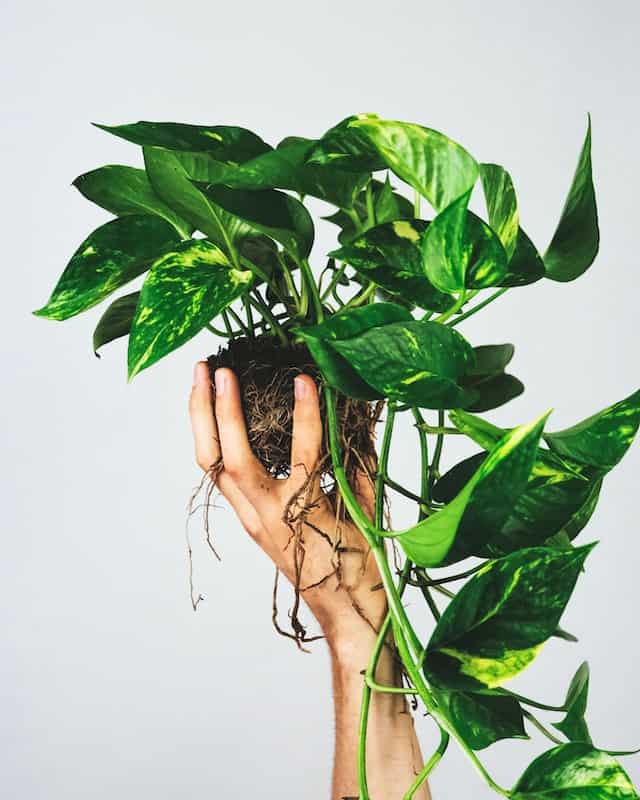
Transplant shock is another common reason why indoor plant leaves turn yellow. When a plant is transplanted, its roots are disturbed, which can damage or kill them. This damage prevents the plant from taking up water and nutrients from the soil properly, causing the leaves to wilt and turn yellow.
If you think your plant is experiencing transplant shock, be sure to provide it with extra TLC during its recovery period. Avoid fertilizing for at least six weeks after transplanting and make sure not to overwater—letting the soil dry out slightly between watering will help prevent further stress on the roots. With a little bit of care, your plant should recover soon enough!


